Why should you load your mind into a supercomputer?
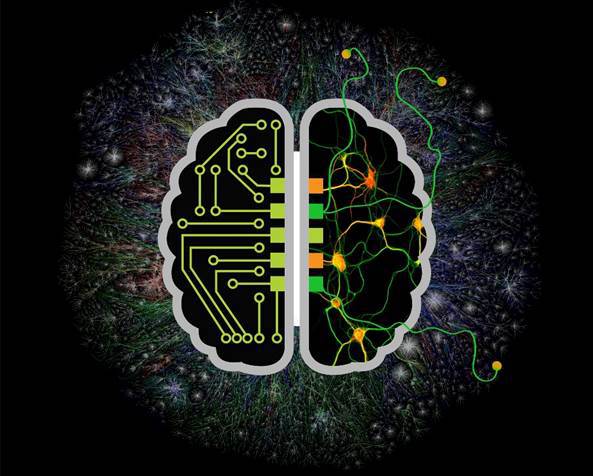
The prospect is so distant that it seems incredible. Just thinking for a minute, we can name many factors that hinder even theoretical research. And only the presence of colossal benefits allows us to consider digital life as something worthy of attention. As a result, the realization that death at the end of life is an optional act forces one to turn again and again to the topic of digital immortality.
Go to the stars in the form of "software" ship? Become a genuine artificial intelligence and create virtual worlds in full force of imagination? Get the body of a robot and enjoy the life of an invulnerable machine? Everything is possible, even if the limit of your dreams is a small “pumping” of the brain in order to increase efficiency. It remains to wait for the technological singularity and to solve several interesting problems in advance.
')
Some interesting problems

Skeptics claim that the human brain will never be digitized. The supercomputers do not have enough power to process the data of the human brain. And in tens of years is not enough. And when enough, the question will arise where to store this data. Moore's law gives hope that we will solve these problems sooner or later. It is more difficult from a biological point of view - whether the brain (and the mind) is able to exist outside the biological body.
Counterargument of supporters of eternal life: “The brain is quite autonomous and needs a body, mainly as a supplier of the necessary metabolites and oxygen. The aging process takes place in the body independently of the brain and is accompanied by destabilization of fatty acid and glucose flows, which the brain needs as the main source of energy, and causes neurodegenerative changes and pathologies such as dementia, Alzheimer's disease and Parkinson's disease .
Thus, by separating the brain from the body and placing it in a more comfortable environment, we will make the brain "immortal." Moreover, we will increase the functionality of the brain, changing the biological body to an artificial one. But this does not help solve the problem of aging of the brain cells themselves. Biological tissue, alas, is doomed since its inception. The brain may live for some time in a “jar with a nutrient solution,” but the final solution to the problem is “transition to silicon.”
None of the physical media known to science has the ability of the brain to create unpredictable, non-linear relationships between billions of cells, thereby creating our consciousness. Can we predict the behavior of such a structure, if now even the stock market is a black hole for the computing capabilities of supercomputers?
Moreover, there is still no well-established definition of consciousness as such. We cannot determine the difference between a being in consciousness and a hypothetical being who acts and reacts as if he is conscious, but does not have an inner mental outlook. Just look at the list of the main unsolved problems of neuroscience to understand how far from the ability to load the mind we are. As if picking in the sandbox with a spatula, we imagine how to build the Great Pyramids.
There are many theories and a huge amount of research materials, but there is no clear model of consciousness. This leads to an interesting paradox: even if consciousness can be loaded onto a computer, we cannot be sure that the resulting digital mind will be identical to the biological mind. As a result, we may create a new race of creatures, but we will not provide ourselves with immortality.
Ray of hope
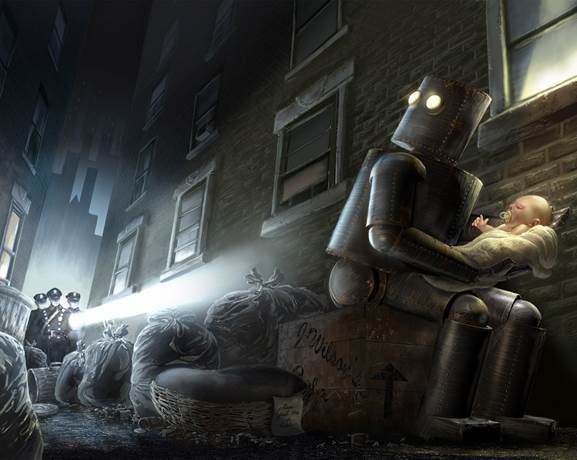
In the end, we are not going to exceed the speed of light, change Planck's constant, or otherwise shake the foundation of the universe. The loading of consciousness, even in theory, looks much simpler than traveling in time, cloning dinosaurs and interstellar flights. We assume that the translation of consciousness into a “digit” is possible. Key questions: how soon? How many resources will we need? And the most important: do we want this?
Many honored scientists, philosophers and futurists do not perceive thinking as a unique, unique process. The human brain, in their view, is practically a Turing machine, adhering to the laws of physics in the part of the universe we know. Proponents of digital life believe that we can recreate the structure of the brain using non-biological material and transmit nerve cell signals to it.
If the theory that the brain is computer-like and algorithmic is correct, then the process of transferring consciousness to a non-biological alternative of the brain will be feasible with a sufficient level of development of computer technologies. Even other theories, including the quantum nature of consciousness, leave us hope to move into cyberspace.
Threats and rewards
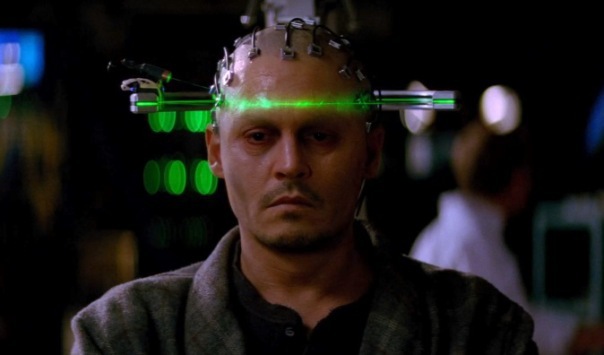
Imagine a cave through which a huge Dragon of Probability can easily move. Under the stony arches are mountains of gold and precious stones. This treasure is a symbol of our reward for life in the form of zeros and ones. The biological body requires care and attention, which takes a tremendous amount of time that you can spend on work or entertainment of a new, posthuman level.
You do not have to worry about retirement, cholesterol, weakening memory. On the other hand, paradise does not shine for you either - life outside the body has its own difficulties due to viruses, hackers, equipment wear and possible natural disasters. Freedom from mortgage and biological death does not turn you into a god. Any analog barbarian ramming a satellite on a suborbital bus will cause a lot of trouble.
If we take digital life as a new stage of technological development, rather than its ultimate goal, then it will be much easier to accept the new reality.

The end of biological existence is an excellent potential for development. For many, virtual immortality will be a continuation of the methods of GTD , a healthy lifestyle and other ways to develop their creative abilities and increase their working capacity. One of the best ways to increase efficiency in digital being is to create an unlimited number of copies of consciousness.
Backup data! For this, it is not necessary to part with the biological body. You can make a copy of the brain throughout life. Just imagine that the difficult question in old age can be discussed with your 20-year-old copy, full of mental strength and energy.
The number of backups is unlimited. Any problem you will solve a massive brainstorming. Your versions from different periods of life will be able to discuss issues and come to a joint decision. Something like that we can see now in psychiatric practice. For example, described the case of the emergence of twenty-four individuals in one mind.
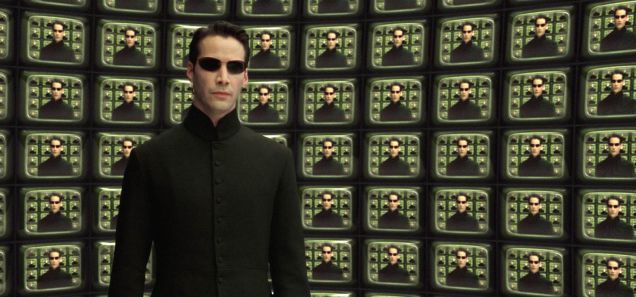
Now we perceive several "copies" of one mind as a disease, but there is every reason to believe that in the future several "people" in one body (or without any body) will become the norm. In the Peter Watts novel “False blindness”, the heroine is described with a whole team of split personalities inside. Needless to say that the effectiveness of her work was higher than that of the other characters (with the exception of non-living heroes of the book).
Interaction with copies of one's mind is not only an exciting future, which futurologists talk about. For many of us, it is common when solving a difficult task to consider it from different sides. We discuss it within ourselves, even arguing with ourselves. Carried away by this process, we even risk earning a dissociative disorder. The presence of an external, separated personality does not pose a threat to the integrity of our “I”.

In addition to the acquired digital immortality, we are lucky enough to solve the “problem of the day” once and for all. “Only twenty-four hours a day” - how many times have we tried to explain with this phrase the breakdown of the project’s delivery? Life in supercomputers will go on super speeds. We will be able to think faster, work faster, gain faster and gain experience. Even conditional seventy years of life will be much longer . Remember how time slowly spent on the back of the desk at the end of the last lesson? Imagine this moment and imagine that it can be carried out more interesting .
Naturally, this process will be part of the overall trend of increasing IQ. “Bleeding” a fully digital brain will be much easier than upgrading a biological brain. The digital mind will be more flexible, reliable and protected from overload. The virtual mind can have more memory, it is better to concentrate attention and, undoubtedly, will get "fuses" from emotional burnout. Switch the digital brain to the desired wave of emotional state is not difficult. Emotion control is one of the most important posthuman comfort zones.

Speaking about the pros, one can not forget about Mother Earth. Human civilization causes significant damage to the environment, and when the population of the planet doubles - this is not a very distant prospect - then we will speak about the global extinction of all other species of living creatures. Of course, creating and maintaining the performance of colossal supercomputers will have an additional impact on nature, but the benefit from the disappearance of biologically active sources of garbage compensates for the new burden that our civilization will impose on the planet.
Are we able to look a little further into the future? Are we ready to imagine a world in which a society is a symbiosis of connected digital minds, in fact - a collective mind? The fundamental problem is that the confluence of consciousness will create an information storm in which any valuable information will be lost in the ocean of extraneous "noise". It’s as if you are in a crowd where everyone speaks at the same time. This problem can be solved by developing standardized protocols for communication between the brain and the brain.
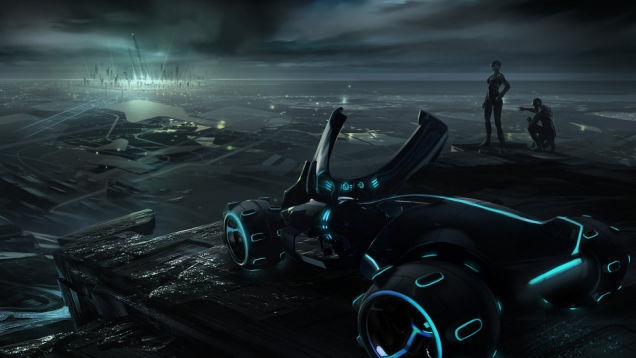
To adapt consciousness in the digital environment, virtual reality will at first resemble an offline world. But why do we need to create a world that is exactly like a known universe? The ability to fine-tune the space will allow you to create worlds that are limited only by our imagination. After that, the "analog" world will be perceived to a painfully limited, with a "truncated functional". The difference between the digital world of the future and biological habitat is the same as between two-dimensional and three-dimensional space.

The retrogradam need not be afraid to disappear in the "Matrix". Loading into a supercomputer does not mean existence only in a virtual environment. A person will be able to load himself into the body of a robot or cyborg. A small (hopefully) chip in the biological brain - and this is your consciousness in the good old human body. For the nostalgic, this will be a great opportunity to return home.
Preparatory stage

Now we are at the very beginning. You have probably heard about the DARPA SyNAPSE , or you know that in 2005 the Blue Brain Project started - a project on computer modeling of the human neocortex. Maybe you are interested in the news of the Human Brain Project and other attempts to create a "map of the human brain." But on the scale of the planet we are surprisingly little interested in the possibility of the transfer of consciousness.
Ray Bradbury rightly remarked: “People are idiots. They did a lot of stupid things: they invented costumes for dogs, the position of an advertising manager, and things like the iPhone, without getting anything in return but a sour aftertaste. But if we developed science, mastered the Moon, Mars, Venus ... Who knows what the world would be then? Humanity was given the opportunity to surf the cosmos, but it wants to engage in consumption: drink beer and watch TV shows. ”
That's just space - this is also the wrong turn. Dmitry Rogozin may dream of a colony of Russia on the moon, but the benefits of this to you personally are questionable. Space technologies, of course, bring the moment of technological singularity. The only benefit from them is a pot of gold, and not a cave filled with treasures.
If you approve of the idea of loading consciousness, then talk more about it with people. Yes, the flight to Mars seems to be absolutely real, and the replacement of each neuron of the brain with an artificial element - by near-scientific witchcraft. You may recall that neurons are constantly dying off, so it would be logical to replace them with backup copies combined into a single neurocomputer. But what to answer the question "friend, is it possible at all?"
Dr. Ali Banizir developed a methodology for the probability of the birth of a specific, single person. He calculated the probability of meeting his hypothetical parents, taking into account many factors, including the number of men and women on Earth, as well as the number of persons of the opposite sex, which these future parents could meet in the first 25 years of their lives. So, in the end, it turned out that the chance of a particular person in the world is close to zero.
But, despite the probability theory, you were born.
And the appearance of a postman is already a matter of time.
Source: https://habr.com/ru/post/230827/
All Articles